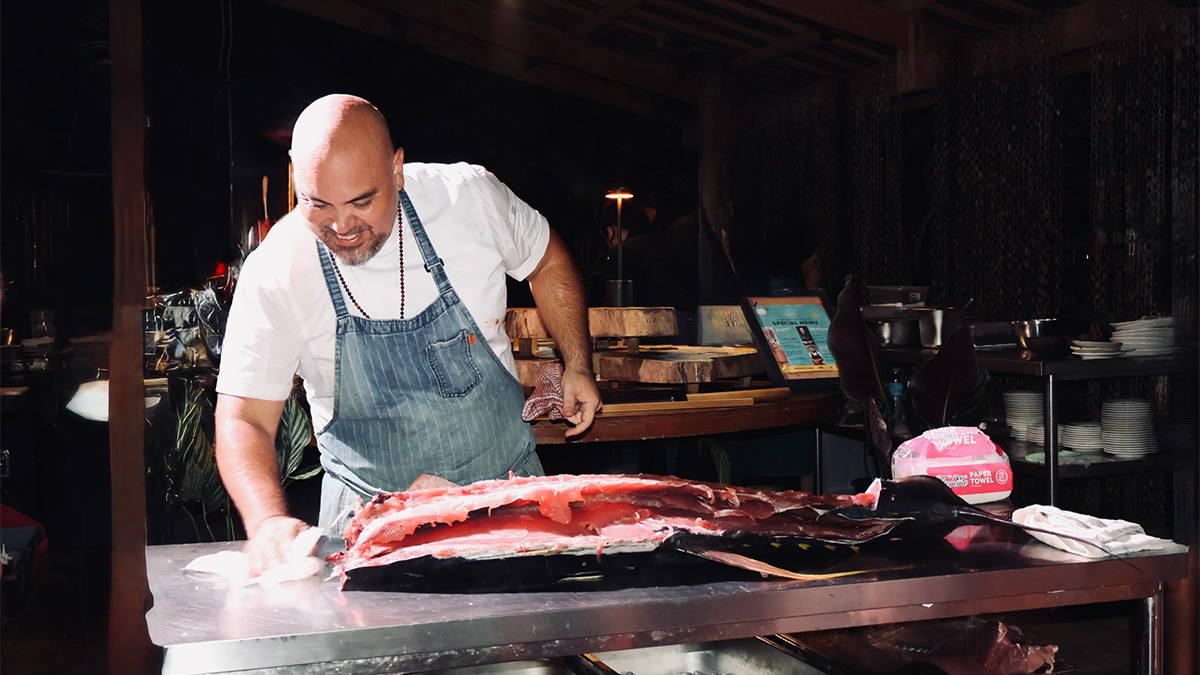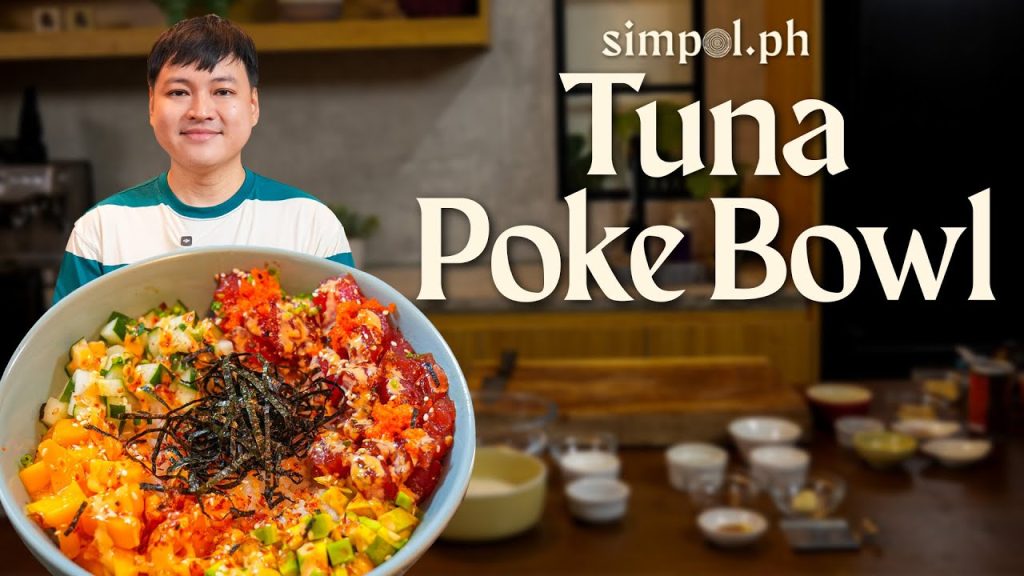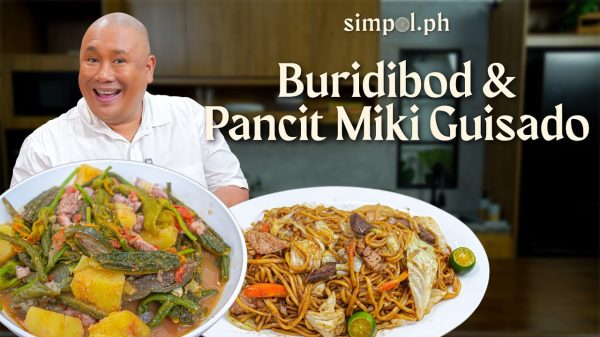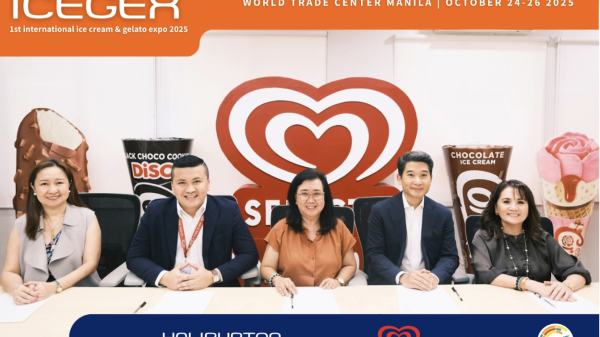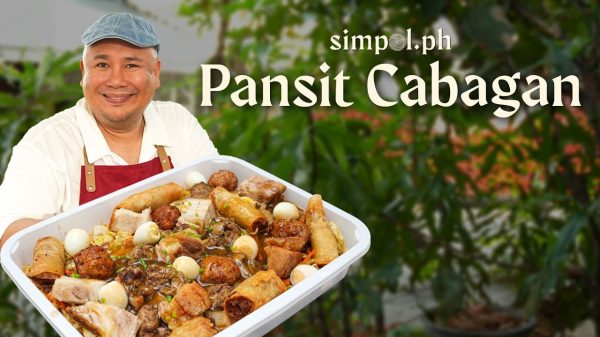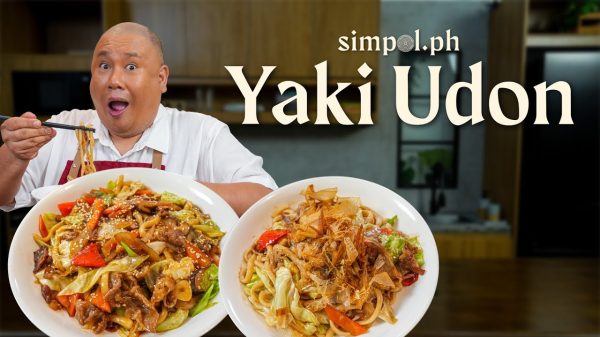On a humid afternoon in Siargao, the air carried the scent of grilled fish and herbs as Chef Andrew Malarky moved between farmers and young cooks plating canapés. At the first Siargao Food and Wine Festival, he wasn’t in the kitchen—he was in the middle of it all. For him, the island had become more than a home. It was the space he had searched for: a canvas to create, and a place where others could thrive too.
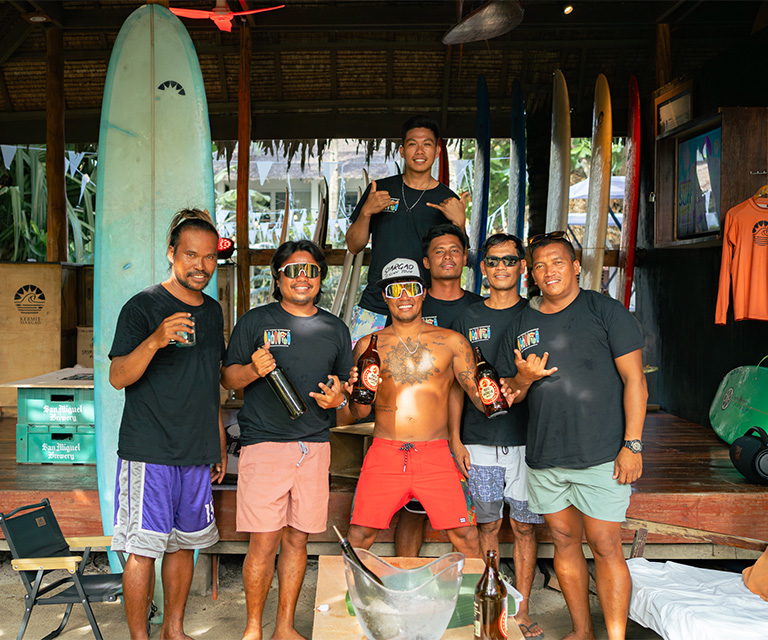
Roots in Boracay
For thirteen years, Malarky defined Dos Mestizos, Boracay’s Spanish-Filipino landmark. The saffron of paella filled the air, glasses of sangria clinked, guitars hummed. Diners came for the food but stayed for the warmth of its host.
“I wouldn’t say I left larger, more developed kitchens for Siargao,” he says. “Boracay gave me foundation—heritage cuisine, hospitality, and discipline. But a chef’s journey is about growth. You have to keep learning.”
On the busiest nights, he didn’t just lead from the pass. He walked the dining room, sleeves rolled, treating guests like family. That blend of rigor and welcome became his signature.
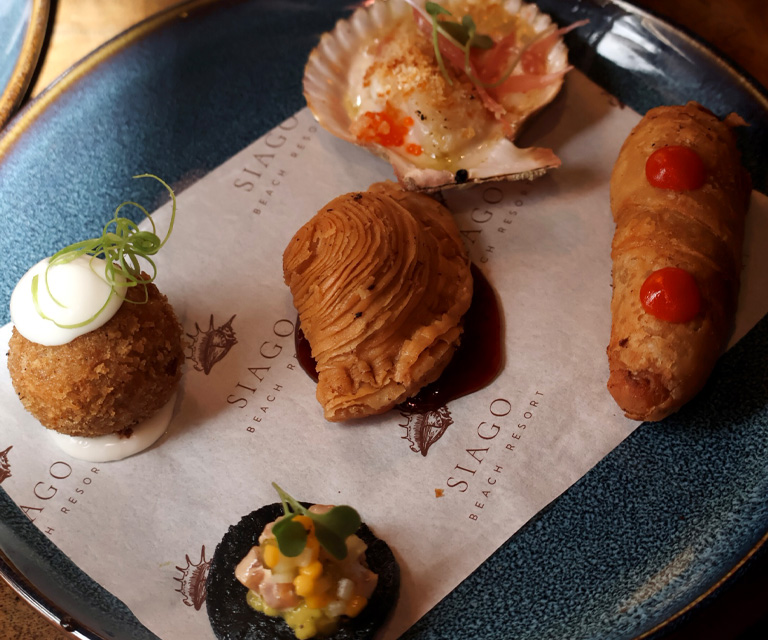
Reinvention Abroad and at Home
Malarky’s career has always meant starting over. In Boracay, he mastered Spanish-Filipino cooking. In Toronto, at Cluny Bistro, he humbled himself by returning to the cold line—proving that a chef must handle every station. In Siargao, he found freedom: resilience during the pandemic, a GLOCAL philosophy marrying global technique with local produce, and a leadership style rooted in community.
By 2019, he felt the pull of change. “After thirteen years in Boracay, I needed growth and challenge,” he recalls. His first visit to Siargao sealed it: “I noticed how proud people were of keeping the island clean. Everyone tended their gardens. I thought—this is where I want to grow.”
Today, reaching the island is far easier. We flew in on a Philippine Airlines direct flight from Clark, one of the routes now connecting travelers more smoothly to Siargao’s shores.
At Cluny Bistro in Toronto’s Distillery District, weekends meant 500 covers. His chef-friend Andrew Wilson offered him any station. To his surprise, Malarky chose garde manger—the cold line usually left to teenagers. “He laughed,” Malarky recalls. “But it had been fifteen years since I last worked that post. A chef must be able to handle every station and lead by example.”
That humility shapes his teaching today.
“I tell my team, don’t just learn the how—understand the why.”
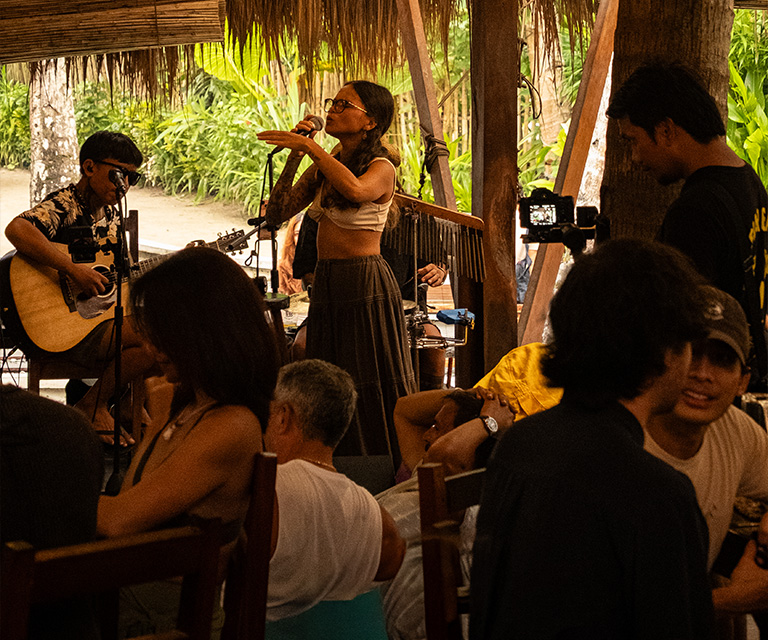
Cooking in Siargao
Island life demanded discipline. “During the pandemic, when imports disappeared, I had to forecast carefully, respect supply chains, and live off the land,” he says. “You’ll never taste anything fresher than what grows around you.”
That approach now defines his work at Wild, the restaurant he co-runs in General Luna. With its open-air setting and unfussy energy, Wild is more gathering place than dining room. The menu is a work in progress—constantly evolving as Malarkey discovers more about the island and its produce.
“We noticed the lack of Filipino representation in tourist hotspots,” he explains. “So while our food isn’t fully Filipino, it champions local ingredients and styles.”
Some dishes are as elegant as they are unexpected: an octopus carpaccio, where tentacles are rolled into a log and sliced crosswise to form a mosaic pattern—an elevated nod to kinilaw. Others lean whimsical, like a shrimp patty on a sugarcane skewer, served with laing purée. Playful and memorable, they show how Malarkey’s perspective shines without rigid signatures.
He calls it “GLOCAL”—global methods applied to local produce. Wild embodies that spirit: a restaurant still becoming, shaped as much by the island as by the chef himself.
The Festival as Platform
If Wild reflects Malarkey’s personal journey, the Siargao Food and Wine Festival shows his vision for the island. The event turned General Luna into a communal dining hall. Farmers laid out baskets of greens and tropical fruit. Chefs passed jars of ferments and plates of kinilaw across long tables, while music and conversation filled the air.
“It wasn’t just about attracting visitors,” Malarky says. “It was about creating a platform where farmers, cooks, and locals all feel they’re part of Siargao’s food story.”
For a first attempt, the festival was modest, but its promise was clear—Siargao could host conversations that stretched from local gardens to global kitchens. “The festival is just the beginning,” he adds. “We want growth that’s inclusive and conscious, not just capitalist.”
Legacy in Motion
“Boracay gave me foundation, but Siargao gives me freedom,” Malarky reflects. “It’s not where, but when. My time in Boracay was invaluable. But what a blessing it is to now be part of Siargao in this moment.”
Few chefs can claim to shape the food story of two iconic islands. Yet Malarky doesn’t see his legacy in accolades or menus. For him, it lives in the spaces he creates—where farmers are valued, cooks are taught the why, and communities gather around food. In Siargao, he’s not just cooking for himself. He’s building a culture where others can thrive too.
Experience Siargao beyond the waves—read more:
Fresh Life, Fresh Flavors at CEV Siargao
Siargao Beyond Surf: Roots and the Island’s New Culinary Wave


